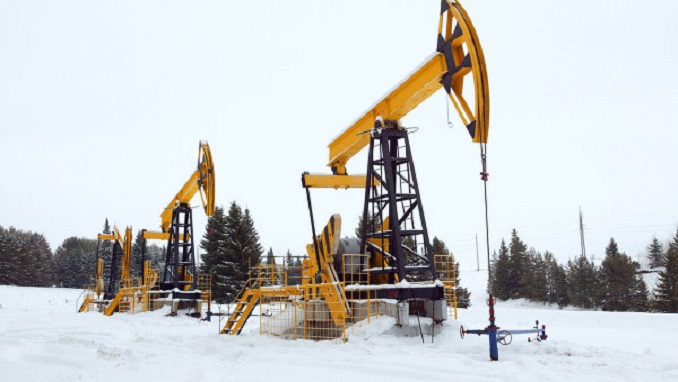Russian oil output declined to 11.38 million barrels per day (bpd) in January, or by around 35,000 bpd from the October 2018 level, the baseline for a global oil accord with OPEC, missing the target set in the deal, Energy Ministry data showed on Saturday, according to Bloomberg.
This was down from 11.45 million bpd in December, a record monthly high. In tons, oil output reached 48.113 million versus 48.442 million in December.
Russian oil pipeline exports in January fell to 4.313 million bpd from 4.496 million bpd in December.
Rosneft, the world’s largest oil producer by output, reduced its production by 0.1 percent last month from December, while second-largest Russian oil producer Lukoil saw production cuts of 0.8 percent.
Output at Rosneft’s largest unit, RN-Yuganskneftegaz, declined by 0.8 percent after a fire ripped through Priobskoye oilfield in early January. Production at Gazprom Neft, the oil arm of gas giant Gazprom, edged up by 0.1 percent.
Russian Energy Minister Alexander Novak has said the country’s overall cuts would total 50,000 bpd in January from October.
The Organization of the Petroleum Producing Countries (OPEC) and other leading global oil producers agreed in December to cut their combined output by 1.2 million bpd in order to support oil prices and evenly balance the market.
Of that, Russia has pledged to cut its production by around 230,000 bpd in the first quarter. Novak has also said Russia was unable to reduce oil output sharply due to technical limitations but would try to do so more quickly.
Reducing production presents a challenge because Russia’s harsh winter climate can cause wells to freeze, Russian officials and analysts have said.
Russian natural gas production was at 67.43 billion cubic meters (bcm) last month, or 2.18 bcm a day, versus 67.04 bcm in December.












